| Columns Retired Columns & Blogs |
If some of the issues associated with the Technics might be solved with an improved bearing, and external PSU, would be interesting to then do a follow-up with the LP12.
In addition to the LP12, I've used the M2-9 on my old Thorens TD 124 and Technics SL-1200 Mk.2. On both of those 'tables, it made the high-compliance Soundsmith Carmen moving-iron cartridge sound more dynamic and transparent. It added sparkle, vivo, and extra clarity to the sound of the Ortofon 2M Black. To my surprise, it made the low-compliance Zu Denon DL-103 more detailed and less overstated.
As Martin Colloms said of Linn's Ekos tonearm, the SME M2-9 was "eager to communicate." It is also an exciting and reasonably priced option for the Linn Sondek LP12.
Dynavector DV-20X2L moving-coil cartridge: $995
I was getting bored with my Ortofon 2M Black phono cartridge ($700). It has excellent tone and a reasonable amount of life and sparkle, but it won't dance on the roadhouse bar or burn rubber in the parking lot. I wanted more cold, candle-smoked air between the choir and the cathedral ceiling. I wanted a lively moving-coil. The Vinyl Engine and Linn forums both urged me: "Herbie, get you the best Dynavector you can afford." Dynavectors, they told me, can rob a liquor store and read the Holy Bible at the same time. Desperate, I called Mike Pranka at Dynavector USA. I told him I was poor, my life sucked, I needed help. He was compassionate, and said he knew of a cure. He prescribed the DV-20X2L, a low-output (0.3mV), medium-high–compliance MC. (This Dynavector is also available as the high-output DV-20X2H.) It seemed the perfect antidote to the 2M Black blues.
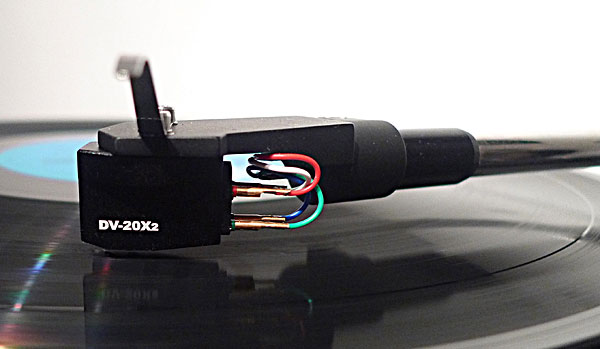
The DV-20X2L's threaded top plate, parallel sides, and fully exposed cantilever made it exceptionally easy to install and align. Its MicroRidge stylus was engineered to show me the wood floors of roadhouse stages and the hard walls of cathedrals. I loved it right away—the DV-20X2L was everything the 2M Black was not: fast, clear as water, and expressive, yet as intricate and colorful as a Ukiyo-e woodblock print. It showed me that floating, hedonistic world I yearned for.

I collect LPs from Nonesuch's Explorer Series, so to celebrate my exciting new Made in Japan MC, I listened to Ensemble Nipponia's Kabuki & Other Traditional Music (LP, Nonesuch H-72084). The DV-20X2L reproduced tones and colors as crisp and saturated as those of a Hokusai print. In Katsutoshi Nagasawa's "Satto (Wind Dance)," the drum sound was enormous and sensuously resolved. The shakuhachi (a Japanese flute) floated like a bird in the Edo sky. The DV-20X2L delivered frightened-minnow swiftness and tiger-like agility. Midrange color and detail were rich and subtle, as in Hiroshige's woodblock color print Wind Blown Grass Across the Moon (see photo above). The Dynavector brought vibrating life, painterly color, and a brilliantly lit openness to every record and genre of music. Almost instantly, it became my new budget reference phono cartridge.
 Dynavector P75 Mk.3 phono preamplifier: $895
Dynavector P75 Mk.3 phono preamplifier: $895
I opened my door to see a dark-skinned stranger with tattooed face. He handed me a black box topped by a gilded image of a Maori Koropepe (a mythical guardian eel; see photo at right) and walked silently away. I lifted the lid of the box. A red-orange glow emerged. I heard the sound of a didgeridoo. The letters D and V appeared from within. All of this occurred with the arrival of the Made in Australia Dynavector P75 Mk.3 phono preamplifier.
Struck mute, I went to my equipment rack, replaced the black monolith of Parasound's Halo JC 3+ phono stage, and began playing Beethoven's deeply strange late string quartets: the Grosse Fuge, Op.133, and Quartet 16 in F, Op.135, performed by the Hollywood String Quartet (LP, Capitol P8455). Moments before, these same recordings had sounded dark, dangerous, ragged, and difficult; the strangeness of their art confounded me (although the Halo JC 3+ let their mystifying beauty emerge from ominous silence). Now, with the Dynavector phono stage operating in Phono Enhancer (current drive) mode, they seemed brighter, more optimistic. The Allegro of the Grosse Fuge felt brisker, more accessible. Contrasts of tempo and tonality were indeed "Enhanced." The Quartet in F breathed a new spirit of cordiality.
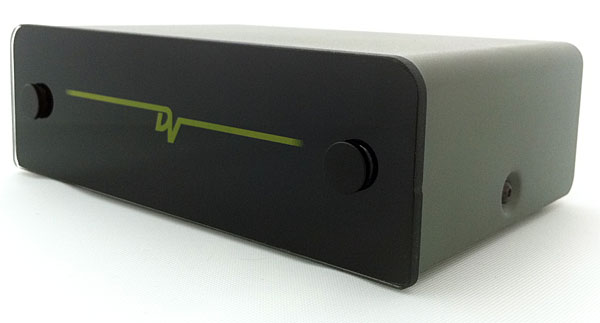
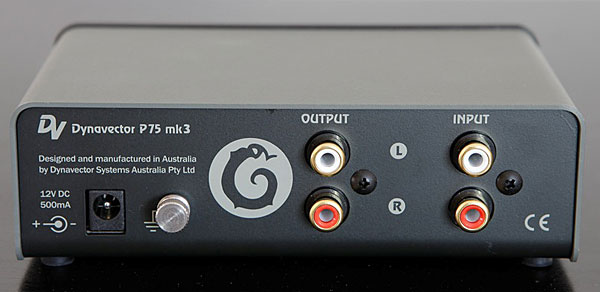
The John Curl-designed the Halo JC 3+ ($2999) is the best commercially available phono preamplifier I've used—period. It does RIAA equalization and gain with a deeply quiet and profound certainty. Its adjustable loading lets every cartridge sound its best. Currently, it is the axis mundi of my reference system. With this Beethoven recording, the Halo JC 3+ revealed a direct connection between heaven and earth. It made the poetic aspect of romantic suffering something deep and tangible.
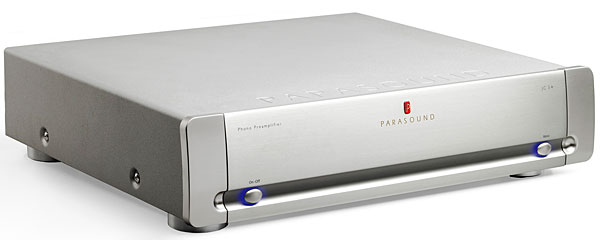
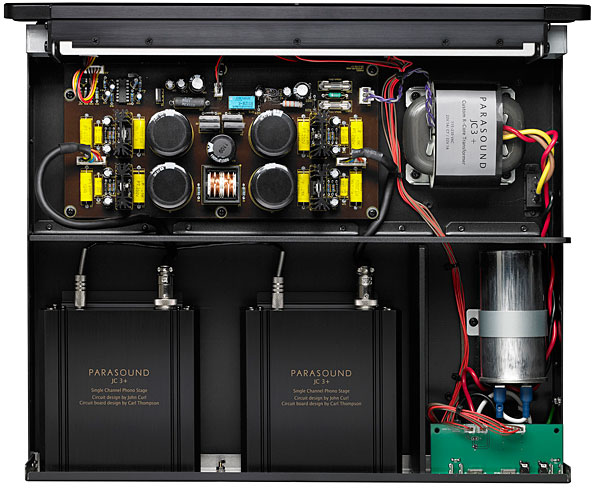
In contrast, the P75 Mk.3 unabashedly enhanced the already high levels of excitement provided by the Dynavector DV-20X2L MC cartridge. With the P75 Mk.3, the DV-20X2L became fully alive. It danced! Forget the doom of romance and lovelorn despair—the P75 Mk.3 took me (and Herr Ludwig) from Johann Wolfgang von Goethe to someplace a little closer to Johann Strauss II.
Dynavector SUP-200 step-up transformer: $2650
Days later, a horrifying white-faced demon in a black hoodie approached my door. While I ran and hid, she placed a shiny metal box on my doorstep. When I was sure she'd gone, I emerged and picked up the box. It felt dense and heavy. On the front was printed "Dynavector Step Up Transformer SUP-200." On the back were two pairs of RCA jacks and a binding post for a ground wire. This thing was unquestionably an omen.
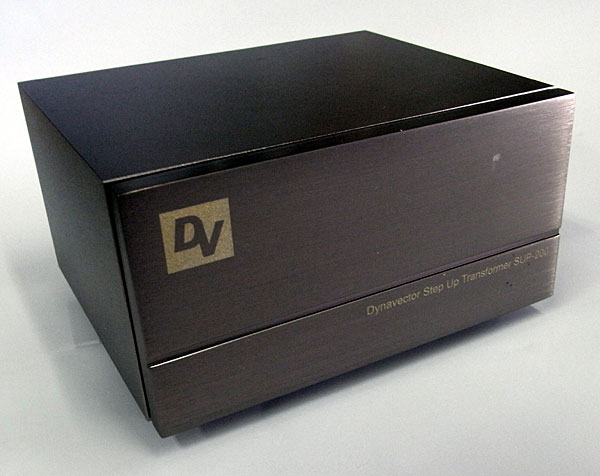
I re-arranged the internal jumpers of the Dynavector P75 Mk.3 phono stage to convert it from MC Phono Enhancer mode to traditional (voltage-drive) MM mode, with 40dB of gain. (This took less than 10 minutes.) I then inserted the SUP-200 transformer between the cartridge and the phono stage. Suddenly, in a blinding flash, LPs played with a new energy. All my audio sins were forgiven.
I like my music with a blush of heavenly glow. Not too much—not a coloration—just enough aura to make the music feel sensual and exotic. Installing the Dynavector SUP-200 gave me just the right amount of that aura. It also made music feel earthly, meaty, and masculine, with just-right bass articulation. The P75 Mk.3 in full-gain MC mode had made high frequencies seem a little too brightly lit. The SUP-200 put an end to that. The P75 Mk.3 alone made the 20X2L a little too excitable. The SUP-200 calmed the whole thing down. Bass with only the P75 Mk.3 was detailed but not extremely weighty. The SUP-200 made the entire sound feel naturally corporeal. It added power and smoothness.
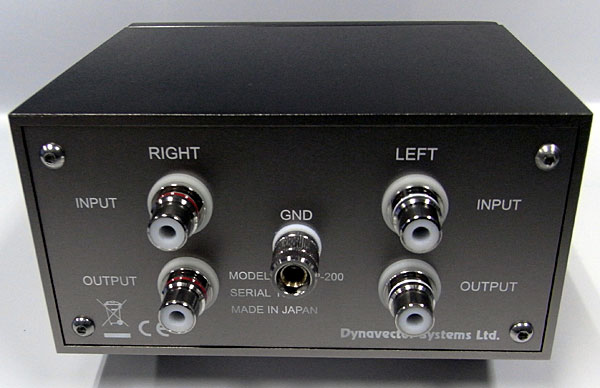
Best of all, the Dynavector combo of SUP-200 and P75 Mk.3 brought a tonal and dynamic strength to the Dynavector DV-20X2L's delivery of music: adding the Dynavector transformer put the performance of the P75 Mk.3 on a different but now equal level with the Parasound's understated authority.
I made these observations in the context of a record-playing rig that used the SME M2-9 tonearm and Linn LP12 Valhalla turntable. This system fed Linear Tube Audio's gloriously transparent microZOTL2.0, a 1Wpc integrated line and headphone amplifier designed by David Berning ($1100), driving a PrimaLuna ProLogue Premium EL34 power amplifier ($2199). Think power, transparency, and unpretentious detail, with a just-right floral burst of saturated color. Think Bombay gin and Michisakari sake.
No metadata
The Linn Sondek LP12 is the antithesis of a music server with remote control. Nor is it a pro-style workhorse like my Thorens TD 124 or Technics SL-1200 Mk.2. The Linn LP12 is a purely audiophile record player with a refined disposition. Its history and importance are synonymous with the evolution of a non-objective, right-brain way of enjoying records in our home. The Sondek experience emphasizes being present with your music and its vicissitudes. It invites you to actively follow musical rhythms and observe the structure of the musical plot. The LP12's self-stated raison d'être is to enhance the listener's connection to the musical programme—not the sound of the listener's hi-fi. Of course, this is in perfect agreement with my own moody purposes for studying the contents of black discs in my home.
Like the Linn LP12, the combination of SME M2-9 tonearm with Dynavector's DV-20X2L cartridge, SUP-200 step-up transformer, and P75 Mk.3 phono stage celebrates the spirit of whatever recording it plays. It has extraordinary sparkle and fantastic boogie. It boxes like a middleweight champ. It can soar. It plays big, fast, open, and transparent, all in the least exaggerated ways. Most important for me, this Linn-SME-Dynavector experience is musically compelling in a long-term reference sort of way..

Very good article in getting the most off the record - while this might stir up some discussion - are the advantages of the Linn, improved upon by some of the much more expensive turntables from several of the recent shows featured here?